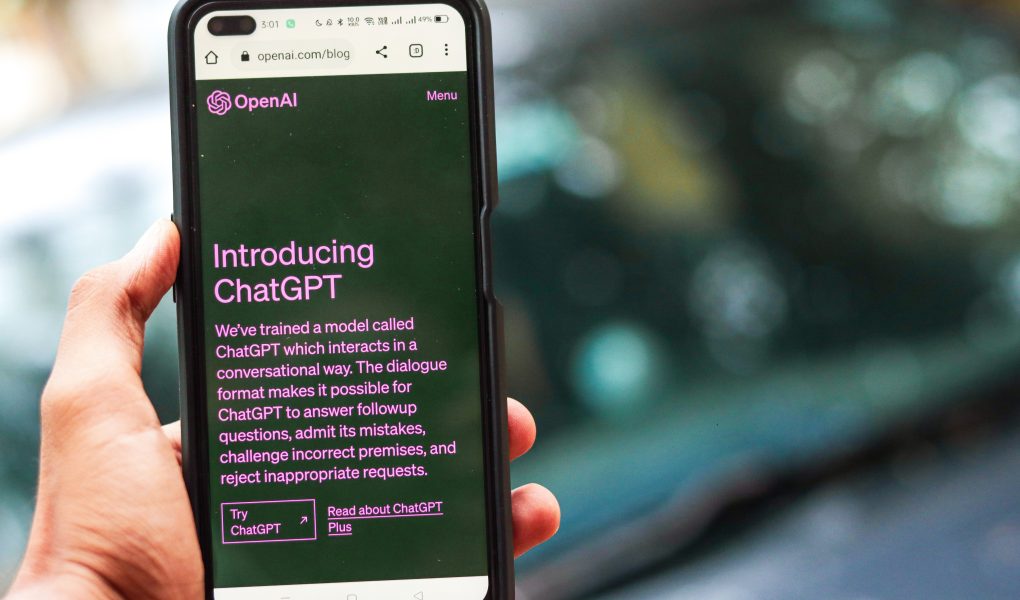As a language model, ChatGPT has the ability to generate human-like responses to various prompts. However, generating high-quality responses that are relevant and informative requires effective prompt engineering.
In this blog post, we will explore the importance of prompt engineering for ChatGPT and provide some tips for optimizing prompts.
What is Prompt Engineering?
Prompt engineering is the process of creating prompts that will be used to generate responses from ChatGPT. The quality of the prompts can have a significant impact on the quality of the responses generated by ChatGPT. Therefore, it is important to carefully craft prompts that will elicit the desired response.
The prompts can take various forms, such as questions, statements, or incomplete sentences. The goal is to provide enough context for ChatGPT to generate a coherent and relevant response.
In addition, the prompts should be designed to encourage ChatGPT to provide informative and helpful responses.
Why is Prompt Engineering Important?
Effective prompt engineering is essential for ChatGPT to generate high-quality responses. Poorly crafted prompts can lead to irrelevant or nonsensical responses.
This can result in a frustrating user experience and a loss of confidence in the system.
Moreover, prompts can have a significant impact on the overall performance of ChatGPT. By providing high-quality prompts, we can train ChatGPT to generate more accurate and helpful responses.
This can improve the effectiveness of the system and enhance the user experience.
Tips for Optimizing Prompts.
Here are some tips for optimizing prompts to generate high-quality responses from ChatGPT:
1. Provide Sufficient Context.
Providing sufficient context in the prompts is essential for ChatGPT to understand the user’s intent and generate a relevant response. The amount of context required will depend on the complexity of the task and the specific domain being addressed.
For example, consider the task of answering a question about a historical event. The prompt should include the key details of the event, such as the date, location, and people involved. This will help ChatGPT understand the specific event being discussed and generate a more accurate response.
Similarly, if the user is asking for advice on a particular topic, the prompt should include enough information about the user’s situation and needs to help ChatGPT provide relevant and helpful advice. For example, instead of simply asking “How can I improve my public speaking skills?”, a more effective prompt might be “I have an upcoming presentation at work and I tend to get nervous when speaking in front of a large audience.
What are some tips for improving my public speaking skills and managing my nerves?”
By providing sufficient context in the prompts, we can ensure that ChatGPT has the necessary information to generate a relevant and helpful response.
This can improve the overall effectiveness of the system and enhance the user experience.
2. Use Natural Language
Using natural language in prompts is important for two main reasons: it helps users to understand how to interact with the system, and it helps ChatGPT to generate more human-like responses.
When prompts are written in natural language, users are more likely to understand what types of prompts are most effective in eliciting high-quality responses from ChatGPT. This can help to reduce confusion and frustration, and make the user experience more seamless and intuitive.
Moreover, natural language prompts can help ChatGPT generate responses that are more human-like and engaging. By using language that sounds natural and conversational, ChatGPT is more likely to generate responses that users find relatable and helpful. This can lead to increased user satisfaction and a more positive perception of the system.
However, it is important to note that natural language prompts must still be clear and specific enough to elicit the desired response from ChatGPT. Overly vague or ambiguous prompts can still lead to irrelevant or nonsensical responses, even if they are written in natural language. Therefore, it is important to strike a balance between natural language and clarity when crafting prompts for ChatGPT.
3. Be Specific.
Being specific in prompts is critical for ensuring that ChatGPT generates accurate and relevant responses. When prompts are too broad or vague, ChatGPT may struggle to understand the user’s intent and provide a helpful response.
For example, consider a prompt that simply asks “Tell me about the weather”. This prompt is too general and does not provide enough specific information for ChatGPT to generate a relevant response. Is the user interested in the current weather in their location? The weather forecast for a specific city? The historical weather patterns of a particular region? By not specifying the desired information, the prompt leaves ChatGPT unsure of what type of response is required.
On the other hand, a prompt that is specific and clear, such as “What will the weather be like in San Francisco this weekend?”, provides ChatGPT with the necessary information to generate a more accurate and relevant response.
In addition to being specific in terms of the information requested, prompts should also be specific in terms of the language used. Avoid using vague or ambiguous terms that could be interpreted in multiple ways. Instead, use clear and unambiguous language that leaves no room for confusion or misinterpretation.
By being specific in prompts, we can ensure that ChatGPT has the necessary information to generate accurate and relevant responses.
This can enhance the user experience and increase confidence in the system’s capabilities.
4. Avoid Ambiguity.
Ambiguity in prompts can lead to confusion and misinterpretation, which can result in inaccurate or irrelevant responses from ChatGPT. Therefore, it is important to avoid ambiguity in prompts to ensure that ChatGPT can generate accurate and relevant responses.
One common source of ambiguity in prompts is the use of pronouns without clear antecedents. For example, consider the prompt “He said he would be here soon. When will he arrive?” Without context, it’s unclear who “he” refers to in both instances, which could lead to confusion for both ChatGPT and the user. A better prompt might be “John said he would be here soon. When will John arrive?”, which gives more clear antecedents for the pronoun “he”.
Another source of ambiguity in prompts is the use of vague or imprecise language. For example, consider the prompt “What is the best way to get in shape?”. This prompt is vague because it does not specify what type of exercise or fitness routine the user is interested in.
A more specific prompt might be “What is the best strength training routine for building muscle?”, which provides ChatGPT with the necessary information to generate a relevant response.
Finally, ambiguity can also arise from incomplete or insufficient prompts. For example, consider the prompt “What is the meaning of life?”. This prompt is too broad and does not provide enough context for ChatGPT to generate a relevant response.
A better prompt might be “What are some philosophical theories on the meaning of life?”, which provides more specific information that ChatGPT can use to generate a more accurate response.
By avoiding ambiguity in prompts, we can ensure that ChatGPT has the necessary information to generate accurate and relevant responses. This can enhance the user experience and increase confidence in the system’s capabilities.
10 Creative Ways to Use ChatGPT for Generating Business Ideas
5. Include Examples.
Including examples in prompts can be helpful for several reasons. First, examples can provide context and clarify what type of information or response is expected from ChatGPT.
Second, examples can help to guide users in crafting more effective prompts by illustrating how to ask questions or provide information in a way that ChatGPT can understand.
Third, examples can demonstrate the capabilities of ChatGPT and increase user confidence in the system.
For example, consider a user who is trying to find a good restaurant in a new city. A prompt that simply asks “What is a good restaurant in this area?” may not provide enough context for ChatGPT to generate a relevant response.
However, a prompt that includes examples of the type of cuisine, atmosphere, or price range desired, such as “Can you recommend a good Italian restaurant with outdoor seating and entrees under $20?” provides more specific information that ChatGPT can use to generate a more accurate response.
Including examples can also help users to craft more effective prompts by illustrating how to ask questions or provide information in a way that ChatGPT can understand.
For example, consider a user who wants to know the best way to start a vegetable garden. A prompt that simply asks “How do I start a vegetable garden?” may not provide enough specific information for ChatGPT to generate a relevant response.
However, a prompt that includes examples of the type of vegetables the user wants to grow, the available space and soil conditions, and any previous gardening experience, like “What are some tips for starting a vegetable garden with limited space, clay soil, and no previous gardening experience? I’m interested in growing tomatoes, cucumbers, and peppers.” provides more specific information that ChatGPT can use to generate a more accurate response.
Finally, including examples can demonstrate the capabilities of ChatGPT and increase user confidence in the system.
By providing examples of the types of responses that ChatGPT can generate, users may feel more comfortable and confident in using the system to answer their questions or provide information.
In conclusion, including examples in prompts can enhance the user experience, guide users in crafting more effective prompts, and demonstrate the capabilities of ChatGPT.
Conclusion.
As ChatGPT evolves, we need to continuously improve our prompt engineering techniques to ensure that the system is providing the most accurate and helpful responses possible.
This can involve analyzing user feedback, experimenting with different prompt styles, and staying up to date with the latest advancements in natural language processing technology.
Prompt engineering is a crucial component of ChatGPT’s ability to generate high-quality responses.
By following the tips outlined in this blog post and continuously improving our techniques, we can ensure that ChatGPT is providing the most accurate and helpful responses possible, leading to a better user experience and increased confidence in the system.




